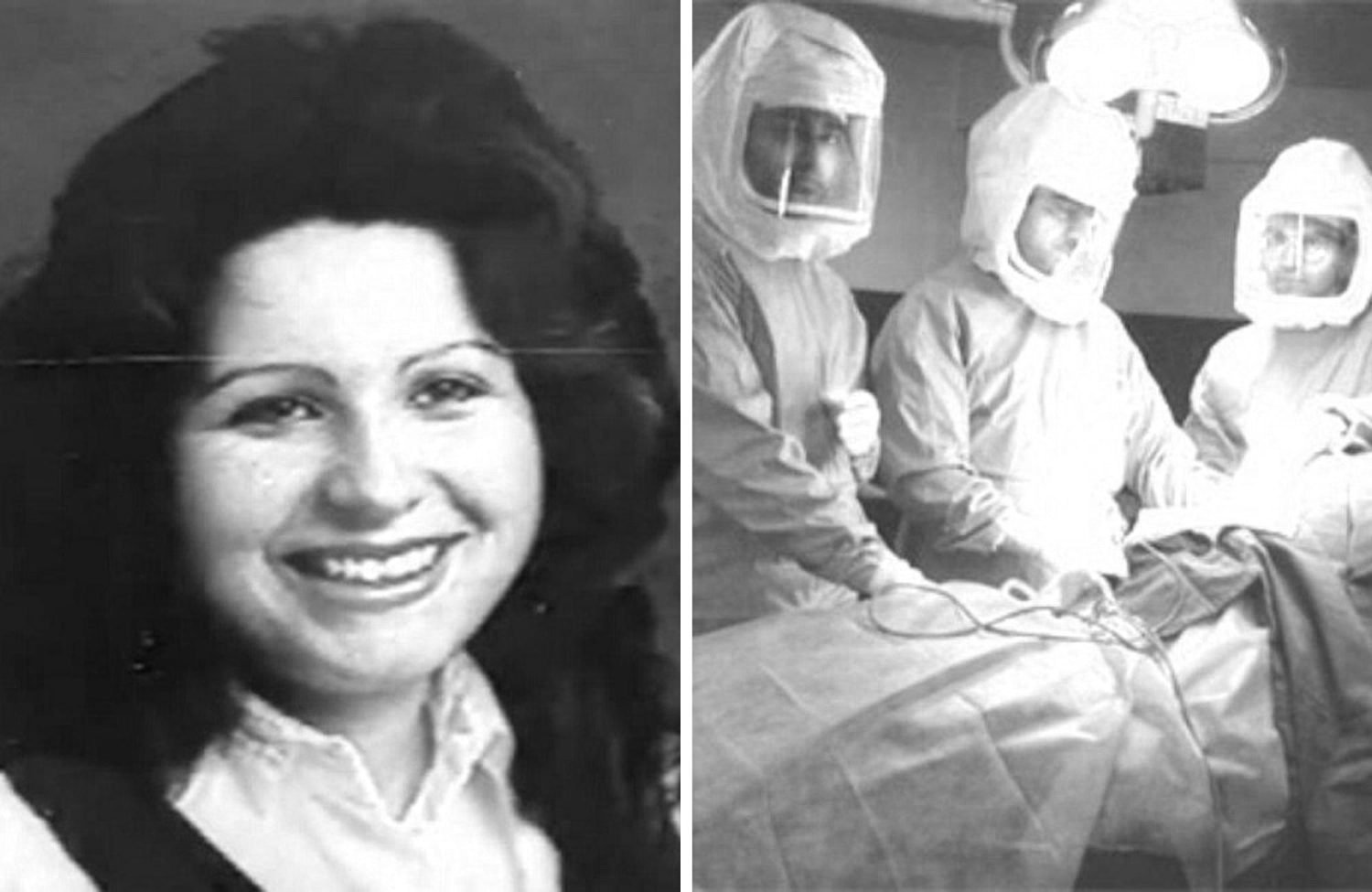In the realm of medical anomalies, few tales are as perplexing and disturbing as that of Gloria Cecilia Ramirez, a woman from Riverside, California, who posthumously gained notoriety as the Toxic Lady. On a fateful evening in February 1994, the Riverside General Hospital became the epicenter of a medical mystery that would captivate the nation and puzzle scientists for years to come. Gloria Ramirez was admitted to the emergency room, suffering from the agonizing effects of late-stage cervical cancer. Within moments of her arrival, the situation took a turn towards the inexplicable, as several hospital workers fell ill after airborne exposure to her body and blood. This incident not only propelled Ramirez into the annals of medical history but also opened a Pandora’s box of questions regarding the interaction between human biology and chemical compounds.
Emergency Department Visit
As Ramirez was wheeled into the emergency department of Riverside General Hospital, it was clear that she was fighting for her life. Suffering from severe heart palpitations, confusion, and a disturbing pattern of breathing known as Cheyne–Stokes respiration, Ramirez was in dire straits. The medical team sprang into action, administering a cocktail of sedatives in hopes of stabilizing her condition. However, it was not Ramirez’s deteriorating health that would leave an indelible mark on those present that night, but rather the series of bizarre and frightening reactions experienced by the hospital staff.
The first sign that this was no ordinary medical emergency came when a nurse drew blood from Ramirez’s arm, detecting an ammonia-like smell emanating from the tube. This peculiar observation was soon overshadowed by a more alarming development. As the blood was passed from one medical worker to another, an oily sheen was noticed on Ramirez’s body, accompanied by a fruity, garlic-like odor. Before long, members of the medical team began to succumb to a variety of symptoms ranging from fainting and shortness of breath to muscle spasms. The situation rapidly escalated, leading to the evacuation of emergency room patients and the hospitalization of several workers, one of whom spent two weeks in intensive care.
The Scientific Quest for Answers
In the wake of the unsettling events at Riverside General Hospital, the medical and scientific community embarked on a rigorous investigation to uncover the truth behind the peculiar symptoms experienced by the hospital staff following exposure to Gloria Ramirez. It was a journey that would take them into the complex interplay between human biology and chemistry, a realm where established scientific theories are constantly challenged and refined.
The initial hypothesis of mass hysteria, while offering a plausible psychological explanation, failed to conclusively account for the physical symptoms and hospitalizations that followed the incident. It was a theory that left more questions than answers, suggesting the need for a deeper dive into the chemical makeup and potential reactions that could occur within the human body under specific circumstances.
Enter the team from Lawrence Livermore National Laboratory, whose investigation introduced a groundbreaking theory that would forever change the way we view the interaction between chemical compounds and the human body. They proposed that Gloria Ramirez had been using dimethyl sulfoxide (DMSO), a compound with a wide range of applications, including as a home remedy for pain relief. The theory suggested that the DMSO, through a series of chemical reactions possibly exacerbated by the emergency medical interventions Ramirez underwent, transformed into dimethyl sulfate, a highly toxic substance capable of inducing the symptoms reported by the hospital staff.

This hypothesis, supported by the Riverside Coroner’s Office and published in prestigious scientific journals, opened up a new frontier in medical science, highlighting the potential for seemingly benign substances to undergo dangerous transformations under certain conditions. It underscored the importance of a multidisciplinary approach in solving medical mysteries, where chemists, toxicologists, and medical professionals collaborate to understand the nuances of human biology and chemistry.
Despite the scientific backing, the DMSO theory is not without its critics. Some argue that there remain gaps in the explanation, pointing to the need for further research to fully understand the dynamics at play. This ongoing debate serves as a reminder of the complexities inherent in the field of medical science, where definitive answers are often elusive, and the pursuit of knowledge is an ever-evolving process.
The case of Gloria Ramirez, though tragic, has contributed significantly to our understanding of chemical interactions within the human body, serving as a catalyst for further research and discussion. It challenges us to think critically about the chemicals we use and their potential impacts on our health and the well-being of those around us. As we move forward, it is crucial that we continue to question, investigate, and learn from incidents like these, ensuring that we are better prepared to face the unexpected challenges of the future.
The scientific quest for answers in the case of the Toxic Lady has not only shed light on a unique and baffling medical phenomenon, but has also paved the way for advancements in our understanding of the intricate relationship between chemicals and the human organism. It is a testament to the resilience and curiosity of the human spirit, driven by a desire to uncover the mysteries of the world around us and improve the lives of those we serve in the medical profession. The legacy of Gloria Ramirez and the incident at Riverside General Hospital will continue to inspire and inform future generations of scientists and medical professionals, ensuring that her story, though marked by tragedy, contributes to the greater good of humanity.
Related posts:
Death of Gloria Ramirez
BSL AUS NZ WDDTY





